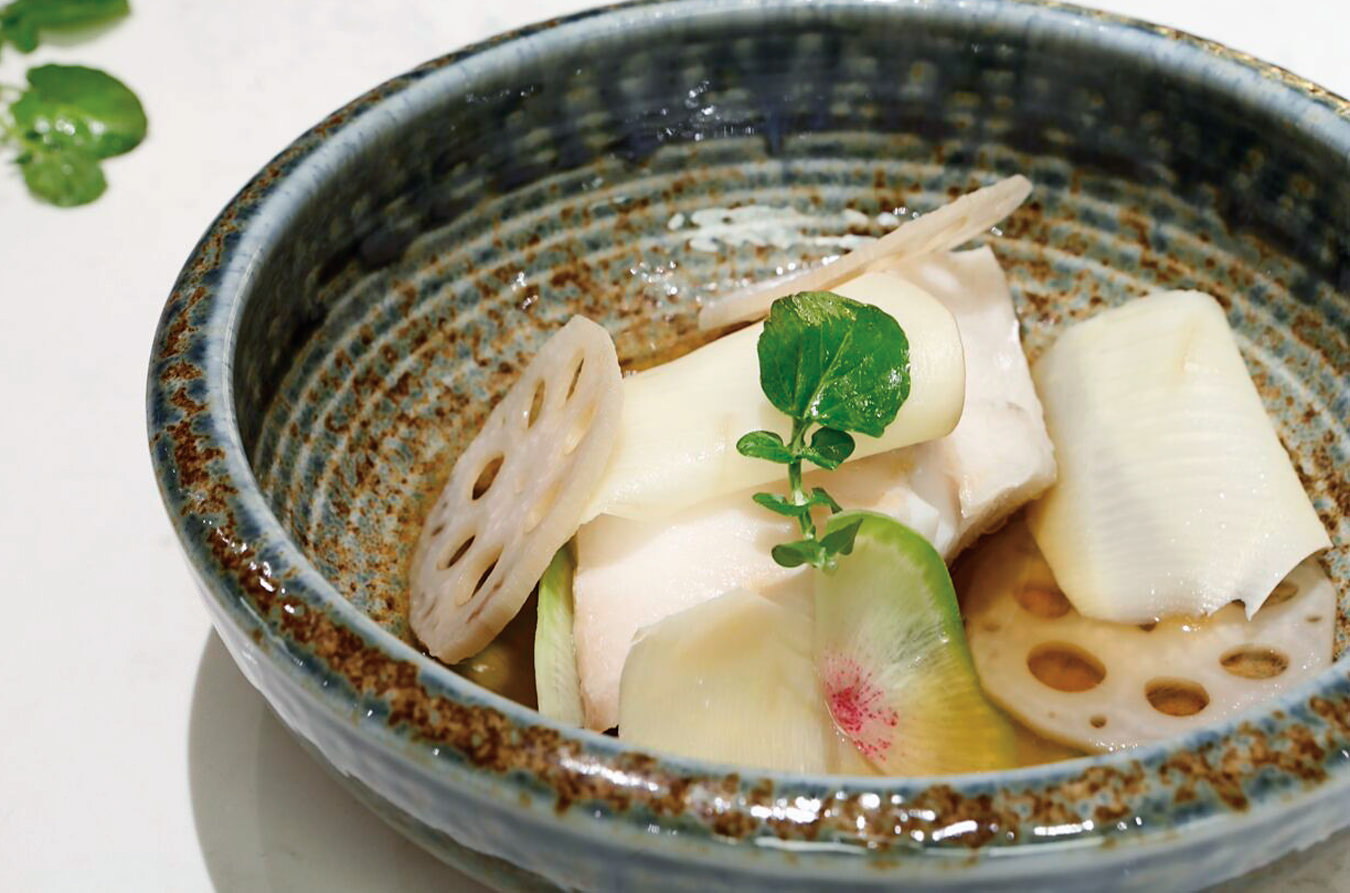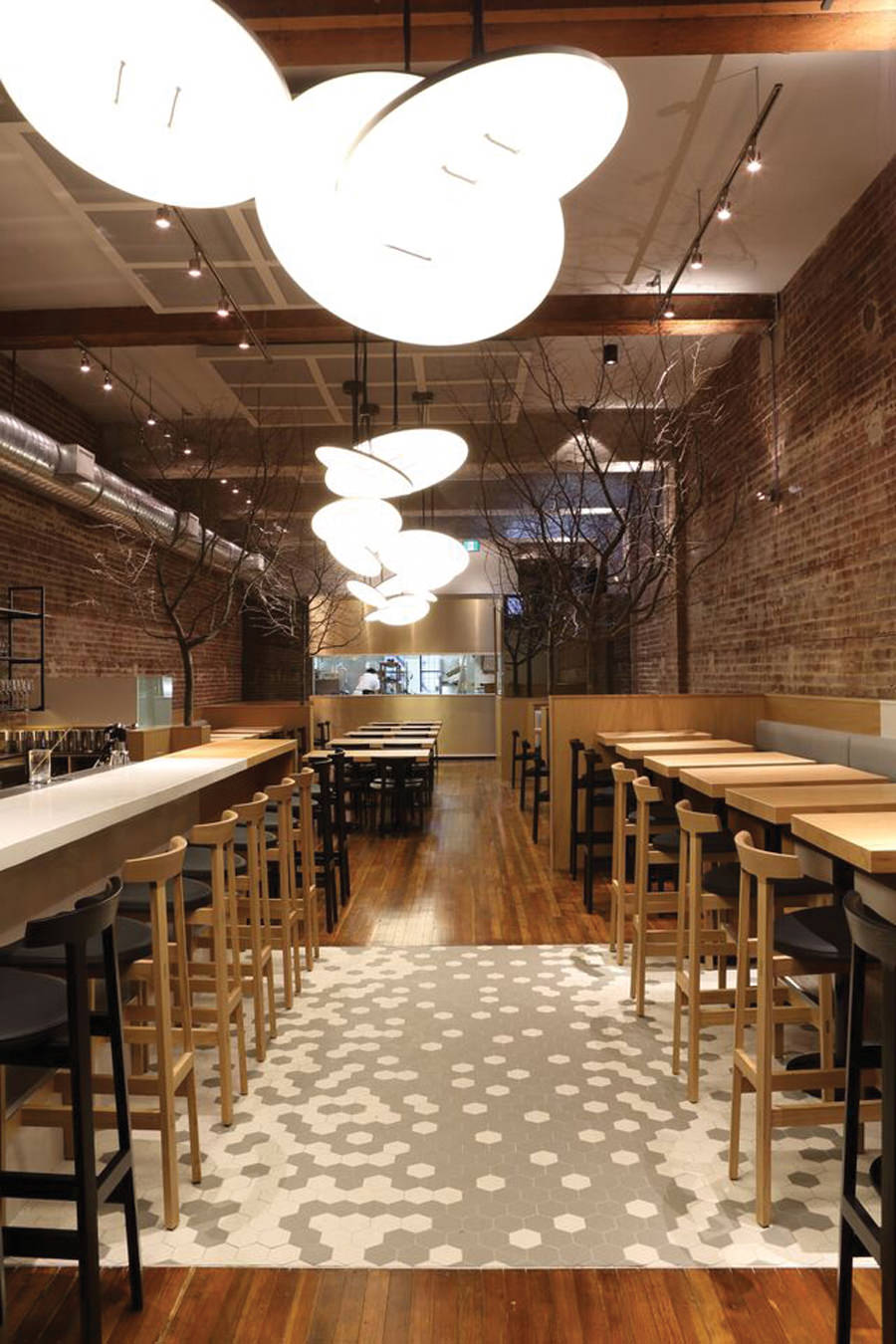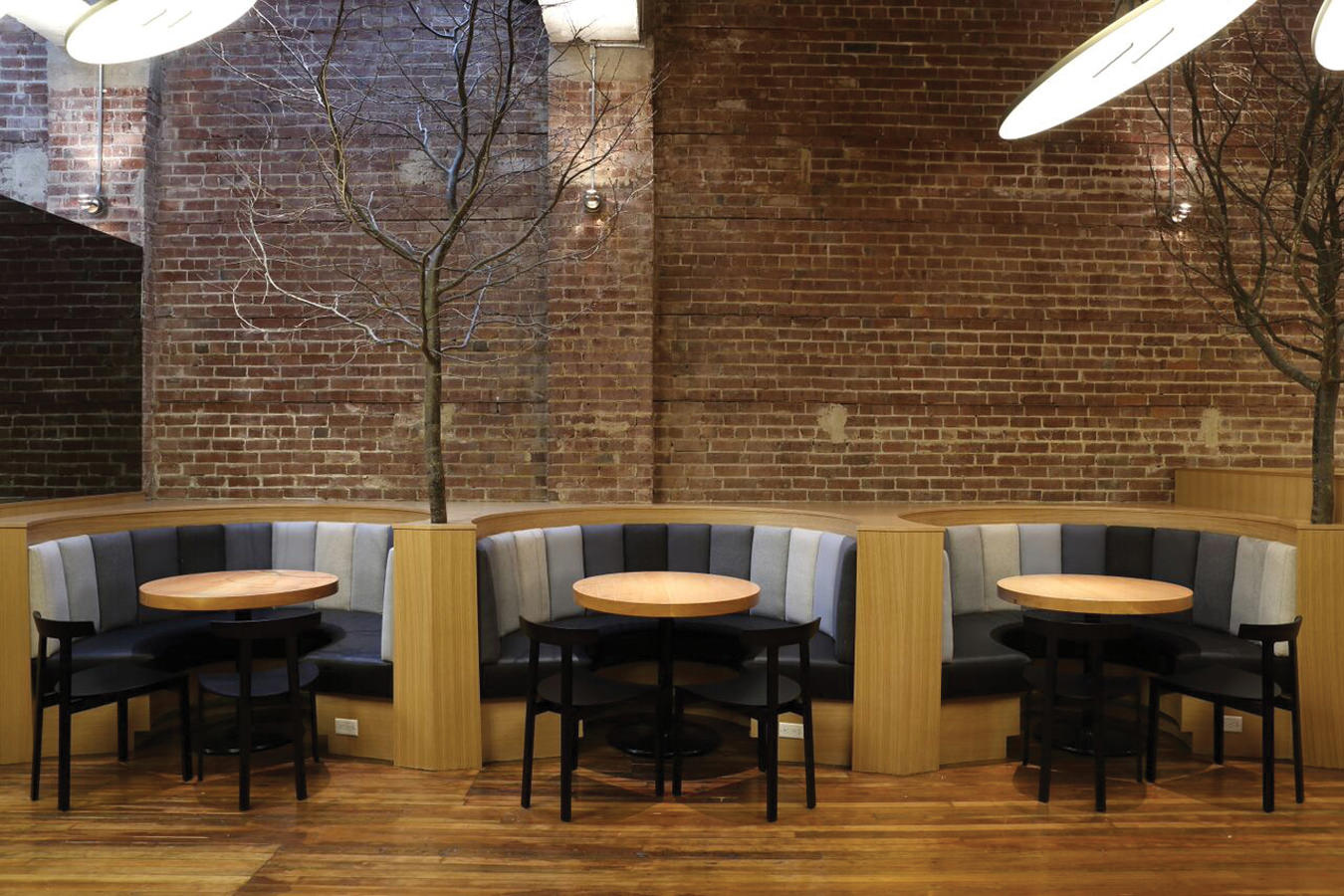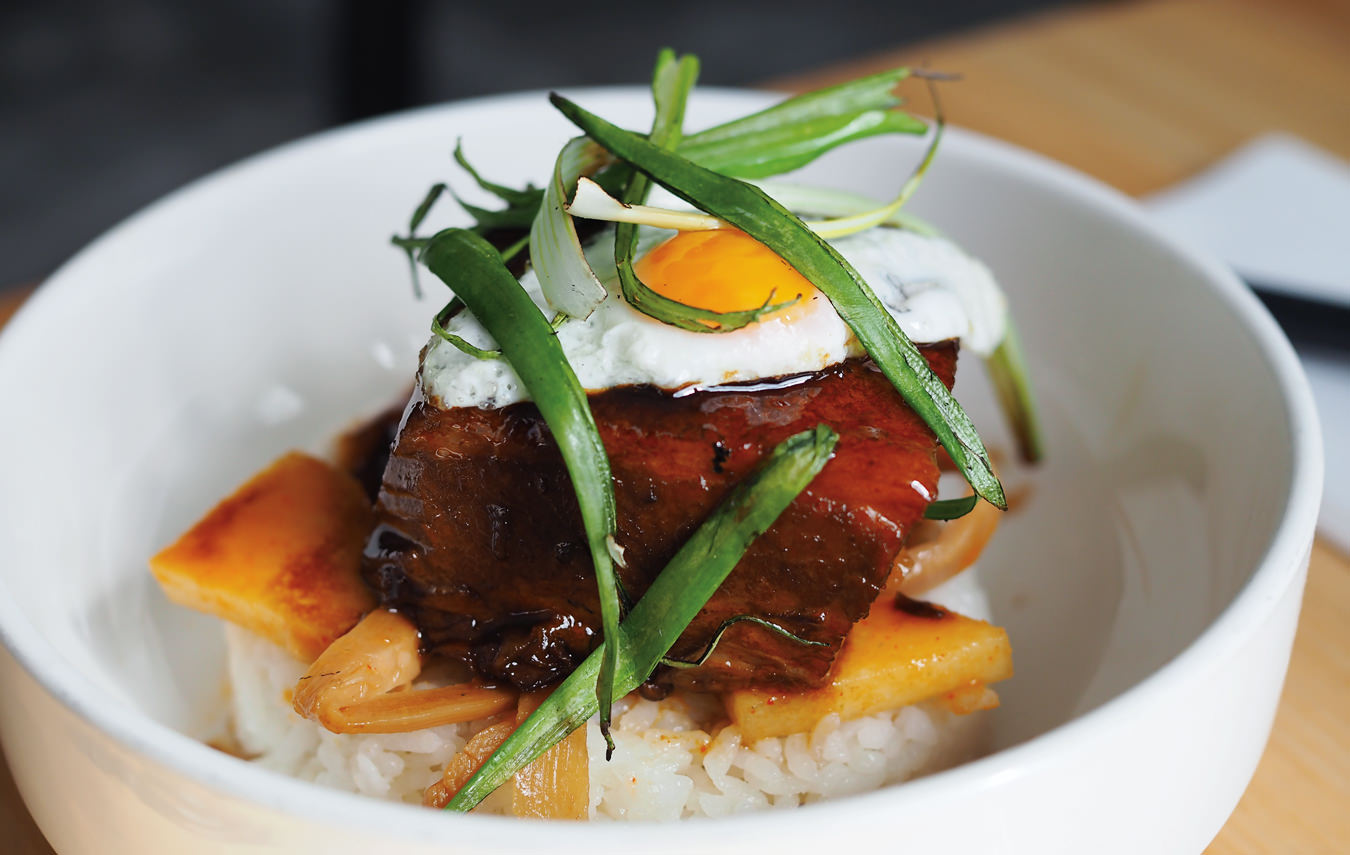If restaurants are messengers of change, consider the significant and evolving role of two Vancouver spots, each in its own way helping to shape their adopted neighbourhoods.
When PiDGiN opened its doors on Gastown’s grittier edge, in early 2013, the upscale but hardly fine dining newcomer was met with howls of indignation and outright protest that such “gentrification” would prove to be the death knell of the community. Interestingly, however, no such outcry greeted the March 2015 unveiling of Sai Woo, right in the historic heart of Chinatown, almost right around the corner from Hastings and Main. In truth, most likely it was PiDGiN’s moniker that provoked the most: named after the term pidgin, meaning two or more languages coming together, it is also a reference to the restaurant’s location on the border of the city’s east and west and an homage to Pioneer Square, known also as Pigeon Park, right across the street. Fast forward a couple of years and you might be excused for wondering what all the fuss was about. Today, it still seems very much business as usual on Carrall Street.
Restaurateurs who open in what might be perceived as a more challenging setting don’t take such risks easily or without some degree of sensitivity. Both of these rooms spared no effort in reaching out to their community. “When we first opened, guests saw us as a fine dining restaurant because of our modern interior and clean plating,” says PiDGiN owner Brandon Grossutti. However, Grossutti points out that perception has changed over time; diners now view the restaurant as a more casual haunt for well-crafted dishes in a relaxed environment. He says regulars often come from close by, while the clean-lined room also draws its share of international visitors looking for “cuisine that truly represents the multicultural influences of our city.” New executive chef Shin Suzuki epitomizes those influences by combining his Japanese roots and West Coast sensibility with a keen appreciation for classic French techniques gained through working with the likes of Alain Ducasse at his Paris flagship.
A similar mantra drives the dishes that flow from Sai Woo chef Keev Mah’s open kitchen. Owner Salli Pateman, with Falken Reynolds and Anna Walentowicz of DoMain Creative for the design and Milltown Contracting for the building, created a dazzling space with a gentle tribute to the original Sai Woo Noodle Chop Suey, located there in the ‘20s. The menu, created by opening chef Douglas Chang, balances eastern and western influences: tea-smoked tuna with tuna confit and tea egg or fermented red tofu-glazed, tender pork belly with taro purée, along with occasional nods to Chang’s Jamaican heritage, as in Chinatown jerk chicken.
PiDGiN’s Suzuki says he finds Vancouver exciting precisely because it is so fast growing and constantly changing. An ideal way to experience the full range of PiDGiN’s flavours, the $55 prix fixe, wanders from an ingenious apple and horseradish oyster shot, through the likes of raw scallops with dry gomae and spicy radish, to spring salmon with pistachio purée, and perfectly cooked half duck with spiced hazelnut and hibiscus glaze. To pair, a flight of unique sakes make for some sublime matches.
Sai Woo and PiDGiN are emblematic of another phase in Vancouver’s brief story in that they shepherd Asian-influenced fare into the mainstream of contemporary West Coast cuisine.












